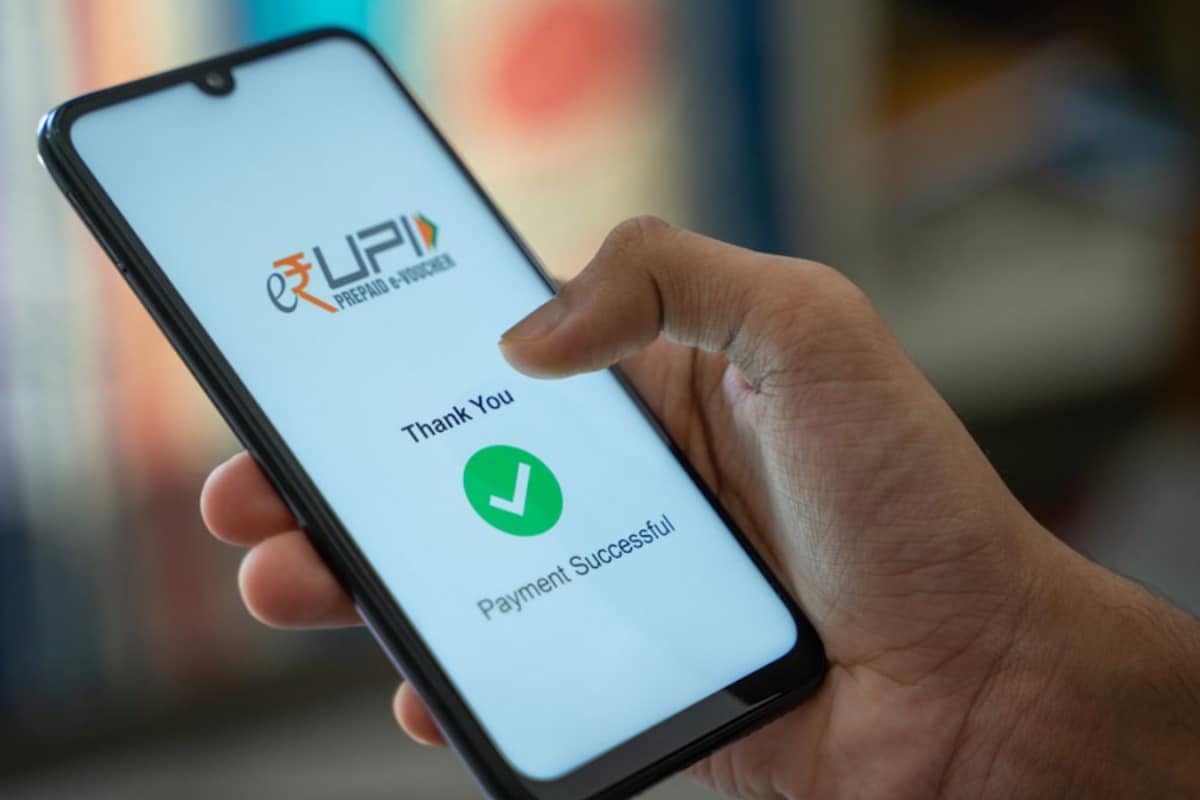

Starting August 1, 2025, users of Unified Payments Interface (UPI) will experience several changes impacting how they use the platform. These changes, introduced by the National Payments Corporation of India (NPCI), aim to improve the reliability, efficiency, and security of UPI transactions, especially during peak hours. Here's a breakdown of the key changes:
Limits on Balance Checks and Account Inquiries
A significant change is the introduction of a limit on the number of times users can check their account balance per day. Starting August 1, users will be able to check their balance a maximum of 50 times a day from a single UPI app. According to the NPCI, this measure is intended to reduce the load on servers caused by redundant balance requests, which can slow down the system for all users. If a user has multiple UPI apps, they can check their balance 50 times on each app.
Similarly, the number of times a user can view the list of bank accounts linked to their mobile number will be limited to 25 times a day. This cap aims to decrease unnecessary API calls generated by repeatedly viewing this list, further improving the system's performance.
New Timings for AutoPay Transactions
Users who utilize the AutoPay feature for recurring payments such as bills, subscriptions, and investments will experience a change in transaction timings. AutoPay transactions will now be processed only during specific off-peak hours. These time slots are:
This adjustment aims to distribute the load on servers more evenly throughout the day, reducing congestion during peak hours and ensuring smoother transaction processing. Businesses that depend on automatic UPI collections may need to adjust their schedules, but most users should continue to operate normally.
Limits on Checking Failed Transaction Status
To further reduce server load and improve the efficiency of transaction processing, there is a new limit on checking the status of failed transactions. Users can now check the status of a failed transaction only three times a day, with a mandatory 90-second interval between each check. This restriction is designed to speed up the process of refunding money from failed transactions.
Account Holder Name Verification
Since June 30, 2025, a new rule has been implemented to enhance transaction security. Before completing a UPI transaction, the registered name of the recipient is now displayed on the screen. This measure helps minimize the possibility of sending money to the wrong account and reduces the risk of fraud.
UPI guidelines for credit lines
As per an NPCI circular issued on July 10, 2025, users will be allowed to link pre-sanctioned credit lines (loans/overdraft) backed by FDs, shares, bonds, gold, property, personal/business loans, etc., to UPI from August 31. Users will be able to make P2P, P2PM, merchant payments (P2M), and even cash withdrawals via UPI with daily limits of ₹1 lakh for payments, ₹10,000 for cash withdrawals, and up to 20 P2P transfers per day. UPI platforms like Google Pay, PhonePe and Paytm are required to enable additional Merchant Category Codes (MCCs) to support these transactions.
Impact and Advice for Users
These new rules are applicable to all UPI users across all platforms. While frequent users may notice the changes, especially those who regularly check their balance or payment status, most users are unlikely to be significantly affected. The changes primarily target heavy users who inadvertently overload the system with repeated requests.
To ensure a smooth UPI experience under the new regulations, users are advised to:
By implementing these changes, the NPCI aims to make the UPI system more stable, reliable, and efficient, ensuring a seamless experience for millions of users.